Cultural Heritage
Cultural heritage refers to the legacy of physical artifacts and intangible attributes of a group or society that are inherited from past generations, maintained in the present and bestowed for the benefit of future generations. It can be understood as the objects, places and practices that define who we are.
For a hydropower project, good practice in this area includes the undertaking of a comprehensive cultural heritage assessment identifying and recording physical cultural resources, evaluating relative levels of importance and identifying any risks arising from the project. Processes should be put in place to ensure management of identified cultural heritage issues later in the project, and to meet commitments. Appropriate timing, culturally appropriate, and two-way stakeholder engagement processes are important components of good practice.
Understanding good practice
Adopting good practice can help a hydropower development to ensure that physical cultural resources are identified, their importance is understood, and measures are in place to address those identified to be of high importance.
International industry good practice in cultural heritage for hydropower projects is defined in the Hydropower Sustainability Guidelines on Good International Industry Practice (HGIIP).
Assessing project performance
Two assessment tools are available to measure hydropower project performance:
In Hydropower Sustainability Assessment Protocol (HSAP), Cultural Heritage is addressed in P-17 for the preparation stage, I-13 for the implementation stage and O-13 for the operation stage.
In Hydropower Sustainability ESG Gap Analysis Tool, Cultural Heritage is addressed in Section 8.



